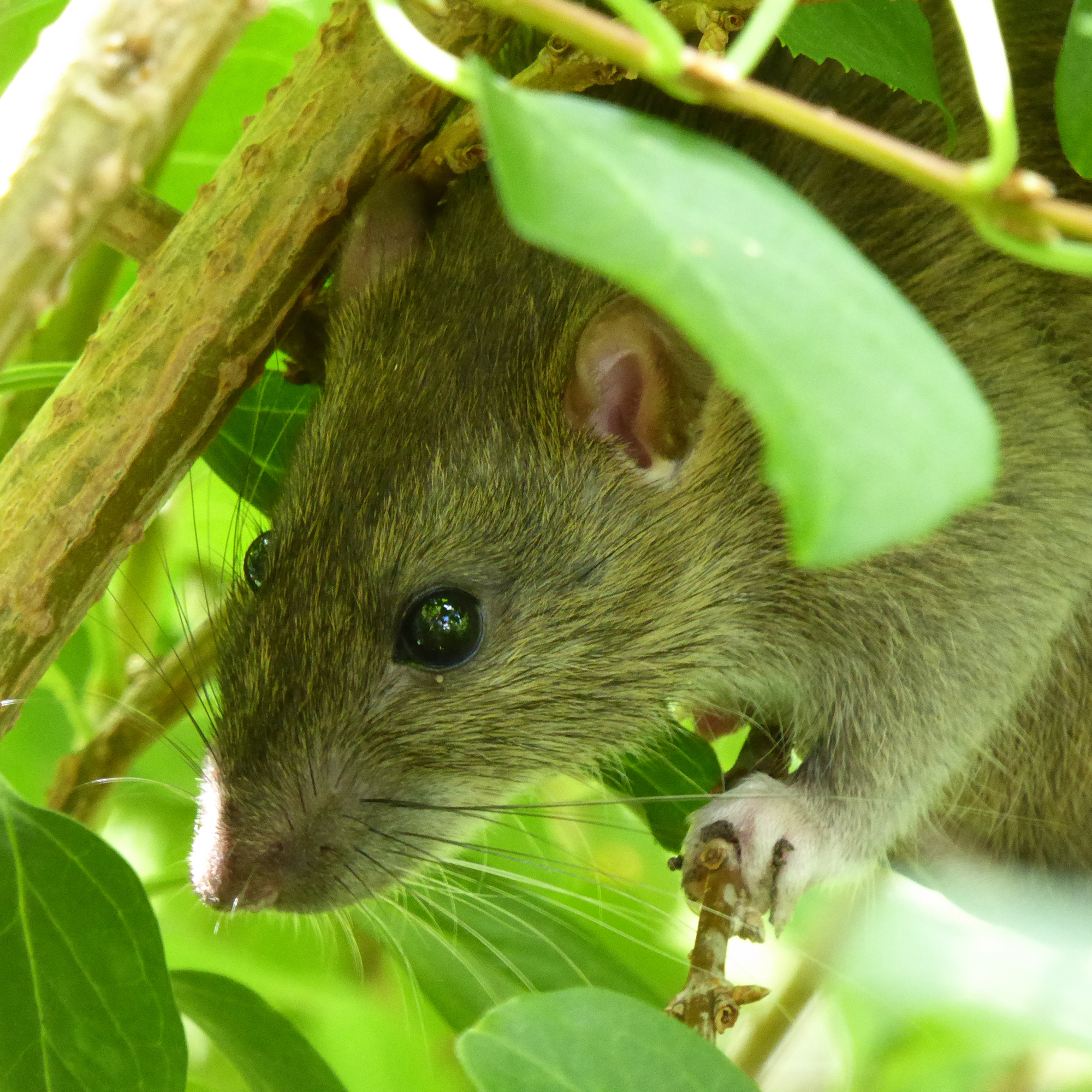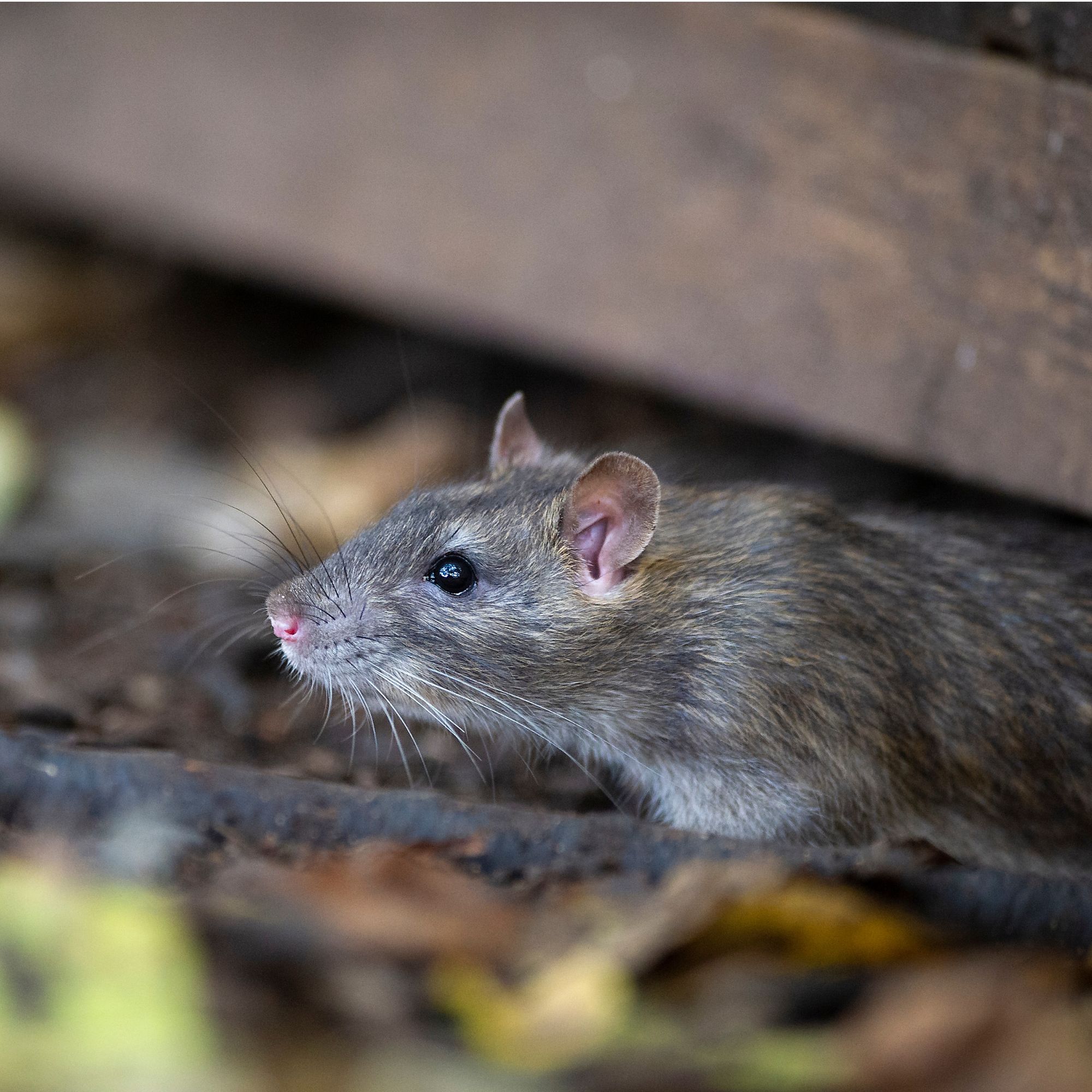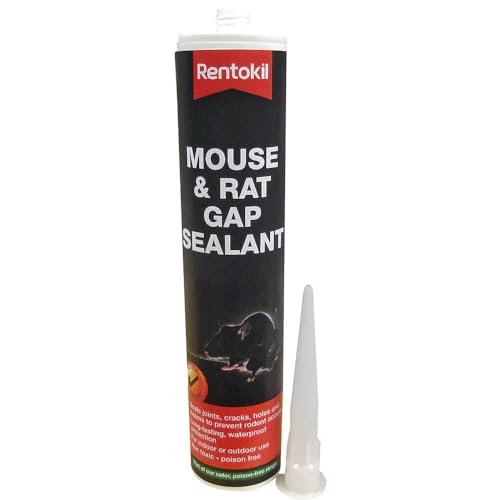This week, rats have been a hot topic of conversation this week after a 22-inch rat, (the size of a house cat) was found in a North Yorkshire home. And I have bad news for you, as pest experts have revealed that giant rats are a growing problem in the UK.
Despite there being many effective ways to get rid of rats, I can’t help but feel a little queasy at the idea of rats the size of cats running around the house.
Now, while giant rats are becoming more common, it’s important to stress that there is no reason to panic. Focusing on deterring rats instead is more important than worrying. This is everything you need to know about giant rats in the UK.
Why is there a problem with giant rats?
The main reason we’re seeing an increase in the size of rats is that there is a lot more food and shelter available to them, particularly in urban areas.

(Image credit: Getty Images)
‘Rats are usually between 6 and 12 inches in length, but when there’s easy access to food, water, and shelter, they can grow considerably larger. Rat populations tend to thrive best in urban areas due to the availability of food waste, overgrown vegetation, and litter. The availability of refuge, such as in sheds or outbuildings, also helps nurture their numbers and offer ideal conditions for them to flourish,’ says Laurence Barnard, BASF Pest Control Solutions.
Compost heaps and bird feeders contribute to the excess food for rats, while overflowing litter bins are another source. You should ensure you keep your bins secure and keep rats off your bird feeder using scents they don’t like, like eucalyptus or chilli, or invest in a squirrel and rat-proof feeder such as this Smart Bird Feeder for £34.79 at Amazon.
How to keep rats out your home
With the size of rats increasing, you’ll want to know how to keep rats out of your garden and home, and this largely comes down to removing food sources, sealing entryways and removing clutter. Remember, the average rat can fit through a gap of 15mm (that’s about the width of a Biro), so it’s important to be vigilant.

(Image credit: Getty Images)
It goes without saying that with bigger rats, you get bigger problems. So-called ‘giant rats’ have much larger jaws so they can chew through thicker materials and wiring. They also have a much nastier bite or scratch when cornered.
‘Use bins with tight lids and remove food scraps daily, clean up spills and crumbs promptly, fix leaks and remove standing water to eliminate water sources, remove clutter, keep compost bins covered and trim back dense vegetation,’ recommends experts at The Pest Master. ‘Consider professional pest control if you see signs of infestation.’

(Image credit: Getty Images/Ed Maynard)
‘If pests do find their way in, it’s best to act quickly: use repellants or humane catch-and-release options available at B&Q to deal with the problem before it grows. If the issue becomes unmanageable, don’t hesitate to seek help from a professional pest control service to ensure your home stays safe and pest-free,’ says a spokesperson for B&Q.
If you’re worrying about giant rats becoming a huge problem in the UK, Laurence says not to, reminding us to focus on deterring rats from our homes.
‘If those living and working in urban areas don’t maintain good waste management and cleanliness, conditions will continue to support larger rodent populations. With the right control measures, we can prevent giant rats from becoming a regular sight,’ he says.
No one wants to see a giant rat, but taking the right preventative steps, hopefully you won’t have to.



![Ultrasonic Pest Repeller, 4 Packs, 2025 Upgraded Electronic Indoor Plug in for Insects, Mice,ant, Mosquito, Spider, Rodent, Roach, Mosquito Repellent for Children and Pets' Safe [white]](https://cdn.mos.cms.futurecdn.net/oX6WGTeMjeZhbhWdBGWLwj.jpg)